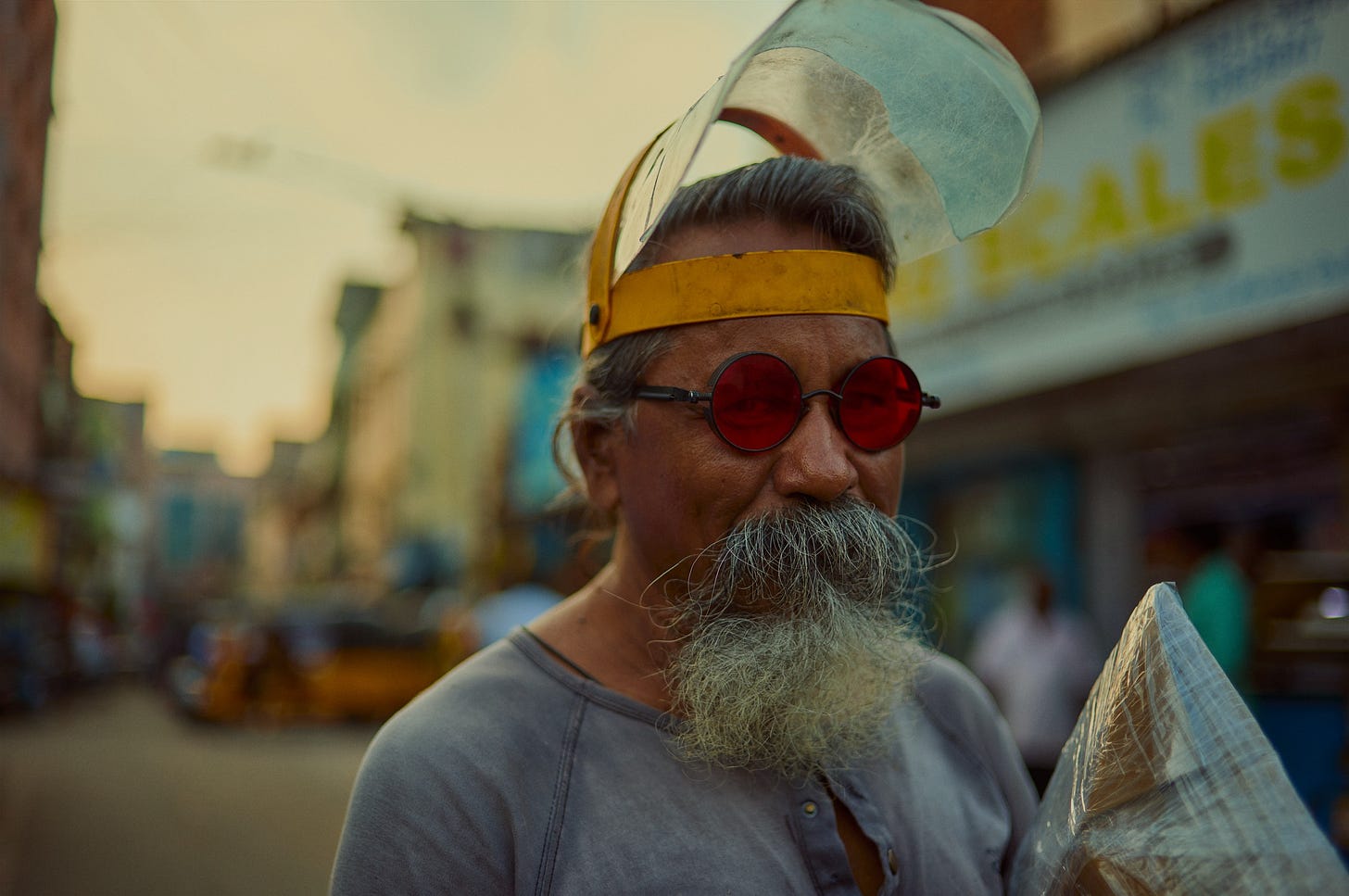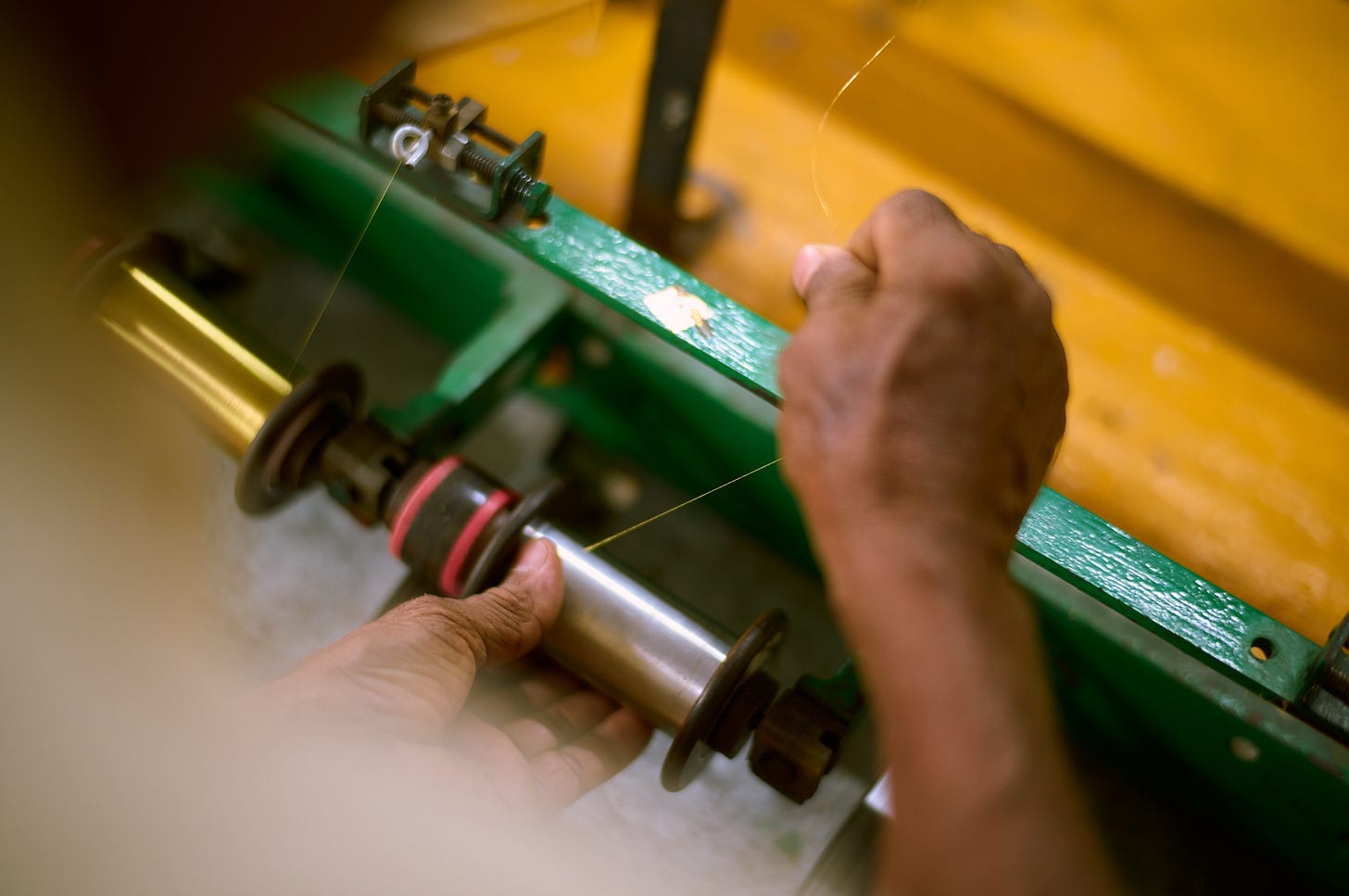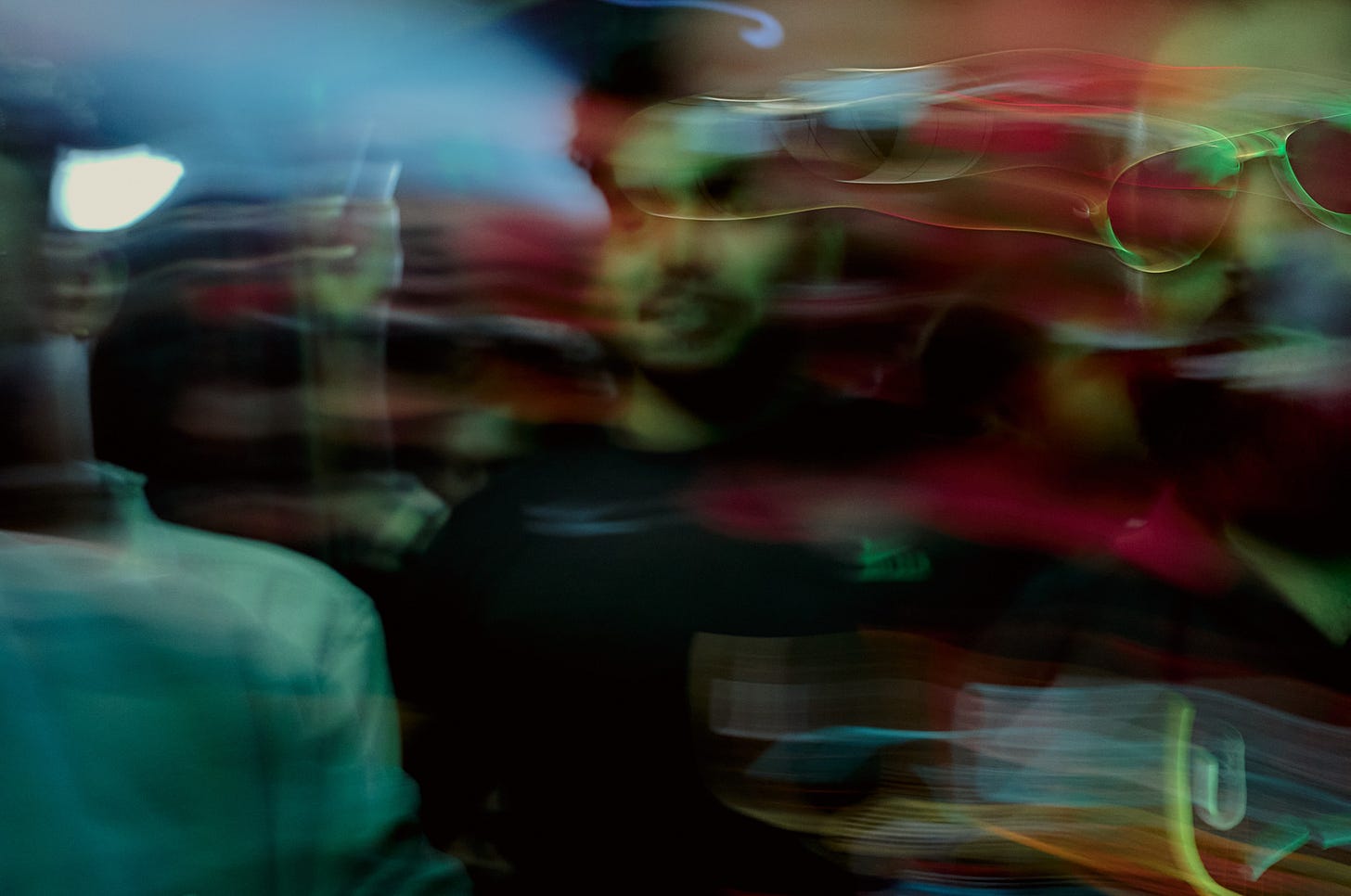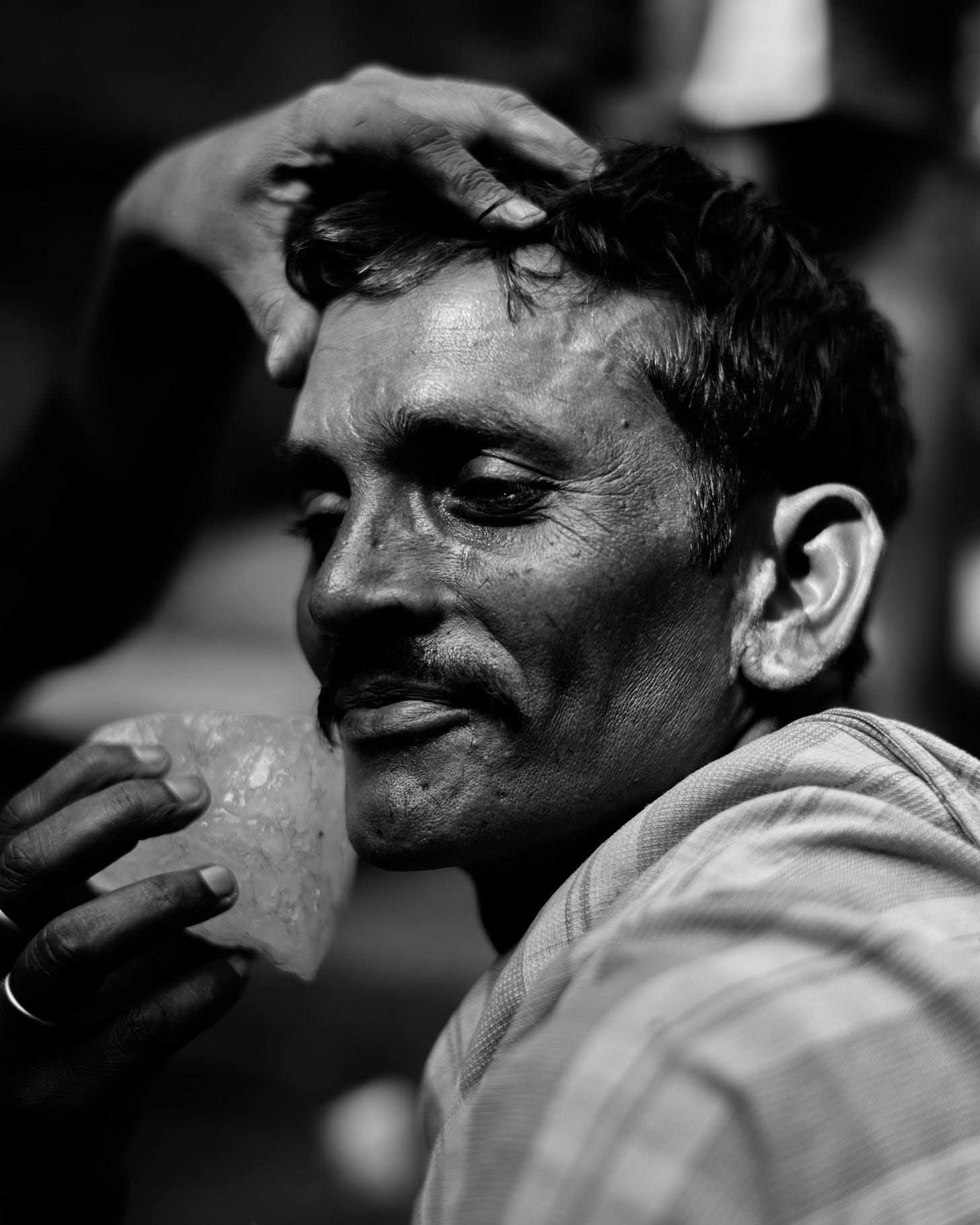What Makes This Leica’s Most Valuable Lens?
Some early thoughts around the Noctilux
There’s a Noctilux 50mm F0.95 sitting next to me. I’ve been testing it for the past four weeks, lining up a few shoots to see what it can really do. I’ve got some interesting ideas sketched out, but honestly, nothing has challenged it more than trying to pull focus wide open on my three-year-old.
The Noctilux has a legendary status in Leica’s lineup. Some call it the holy grail. Others see it as a god-tier flex of optical engineering. Something that’s unmatched in the world of consumer photography. So, is it Leica’s most valuable lens series?
I don’t think so.
Now, this isn’t a piece that’ll critique or review the Noctilux 50mm lens. This about something else. The more I shoot with this lens, the more convinced I am that the Summilux is actually Leica’s most valuable lens series.
The Leica Look
So, why is the Noctilux 50mm so revered among Leica users? Simple: it’s the look you get at F0.95. The depth of field is paper-thin. Anything outside that narrow plane melts into a buttery blur of bokeh. It’s a signature look that feels uniquely Leica.
But here’s the thing: a modern Summilux gets surprisingly close.
Whether I’m shooting with the Summilux 35 or 50, I can’t help but appreciate how close the look feels. Sure, there’s a tradeoff. I get a bit more room for focus, but I still hold onto a lot of that signature falloff when shooting wide open. Is it the same look? No. Does it still feel like a Leica? Absolutely.
Getting Closer
A meter can feel like nothing when you’re reaching for your phone from bed. And it can feel like a mile when you’re trying to frame a tight portrait. With a minimum focusing distance of 1 meter, the Noctilux 50mm keeps you at arm’s length from your subject. Too far, in many cases, to create real intimacy.
Now compare that to the Summilux 35mm, which focuses as close as 40cm. That’s more than half the distance cut, and it opens up a whole new layer of storytelling. You can get close, physically and emotionally. I love that.
I don’t think this shift toward closer focusing gets the credit it deserves. Part of it, I think, is that a lot of photographers just aren’t comfortable getting that close to people. Not physically, and not creatively. But that’s exactly where the good stuff is and where the modern Summilux line starts to shine.
The Elephant In The Room
If Noctilux fans argue that the Summilux doesn’t come close enough in look, and that the shorter focusing distance doesn’t matter, there’s one thing that’s undeniable: size. A modern Summilux is significantly smaller and lighter. It feels balanced on an M body and damn near effortless on an SL.
That smaller size also means a shorter focus throw, which makes focusing noticeably faster than a Noctilux. That matters. Especially when you’re shooting wide open, where nailing focus is already tough. And to be honest, it helps at any aperture.
To me, a true Summilux F1.4 lens strikes the ideal balance between image quality and size. Sure, Leica makes smaller lenses. But in my experience, the tradeoffs in rendering and flexibility are steeper. It’s not to say that those lenses don’t have their place. They do. But if we’re talking about the most valuable lens series in Leica’s catalog? The smaller options don’t clear the Summilux for me. Respectfully.
The Price Is Right
The modern Noctilux starts at $13,295. The Summilux? Less than half that.
Look, I know that justifying a lens that starts at $4,695 might sound ridiculous. But that’s not the point here. What matters here is how aggressive the Summilux pricing is relative to the Noctilux.
You’re getting so much of the best that Leica has to offer—closer focusing, a smaller footprint, and incredible image quality—for a fraction of the price. That’s not just good value. That’s strategic.
Great glass doesn’t age when it’s taken cared of. Lenses are tools, yes, but they’re also instruments for expression. And with how the Summilux is priced, you can start creating with it much sooner.
So, Is The Noctilux Worth It?
If you thought I was leading up to a “Noctilux isn’t worth it” conclusion—you’d be wrong. But I get why it might seem that way. I’ve spent a lot of this piece comparing it to the Summilux. The truth is, I’m having a blast with this lens.
Picking up new Leica glass always shifts your creative approach. The Noctilux, with all its character and clarity, is no exception.
I once heard Leica considered making this lens fixed at F0.95. No aperture ring. That would’ve been bold. They didn’t go that route, but honestly, I get it. When you shoot the Noctilux, why stop down? Technically speaking, sure there are reasons. But philosophically? This lens exists to be shot wide open. That’s the point.
Still, the Noctilux isn’t for everyone. It’s a specialty tool. And when we talk about the most valuable lens series in the Leica lineup, I just don’t see a Noct commanding that title.
To me, it’s the Summilux.
The Summilux is to M-mount what the 911 is to Porsche, the Submariner to Rolex, and even the M camera to Leica. It captures the core of the brand—performance, design, and purpose—in a way that feels complete.
Leica has plenty of incredible lenses. And yes, third-party options too. But this current generation of Summilux glass? It’s built to last, priced smart, and delivers consistently beautiful results. If you’re shooting M, and thinking long-term, I genuinely believe this is the most valuable lens series you can own.
Streets of India: North & South Workshop
It’s official, I’m hosting my first workshop in India and I’m designing it to be the ultimate street photography experience. What does that mean? It means I’m curating a one-of-a-kind journey that you won’t find anywhere else—an experience rooted in creativity, expertise, and adventure.
Here’s what’s included:
Three cities in 10 days — A fast-paced, immersive experience
Unique shooting opportunities — A carefully curated selection of scenes
Key logistics covered — Hotels, drivers, and inter-city flights, all taken care of
Multiple instructors — Gain insights from diverse perspectives
Guest lectures — Learn from a variety of industry experts
Limited to 8-10 guests — A small group for personalized learning
This workshop will take place from September 20th through the 29th this year. From the moment you land in India, you’ll be guided through a street photography adventure like no other. My fellow instructors and I will be there every step of the way to share our knowledge and techniques with you.
A few seats are still available so visit the link below to learn more.
Previous Favourites
April Gift Card Contest
This month, I’ll be giving away another $200 gift card to the Moment Shop where the winner can save big on their next camera, lens, bag, or courses. Moment has so many creative products to choose from and $200 can absolutely make for a great deal.
How will I pick the winner? Make sure you’re signed up for this newsletter then leave a comment on at least one post from this month. I’ll be randomly picking one person, confirming they meet the requirements and contacting them directly before announcing the winner publicly.
Once again, this contest is void where prohibited by law. Good luck!
My thanks to the team at Moment! Not only for this contest but for being the longest supporter of my work online. They’re a lean team of passionate creators that truly believe in supporting other creatives on their journey. Whether it’s a new camera, lens, workshop, or just some great articles, visit ShopMoment.com today.
101 Stories And Counting
As of today, I can say I’ve written over 100 stories for the Church & Street community. More than 106,000 words in total, and it’s been an incredibly rewarding process. While I’ve always loved creating videos around my photography, writing has felt even more meaningful.
To everyone who’s read, shared, and subscribed—thank you. Your support means a lot. I’m excited to keep sharing more in the months and years ahead.
GB







It is a nice read, thanks, Gajan
For me, the Summilux is an all-around Lens, the 0.95 is a special lens.
It has a unique look that is not reproducible with other lenses.
The swirly effect is from 0.94 to f4.
I would suggest experimenting with some close-up lenses in front of the lens. I am still looking for a magnetic solution that is fast on and off.
Where the Noctilux stands out is the separation from the background. It can focus on one person on the other side of the street, and the background can still be soft; this is something the Summilux can't do.
Cheers!
Gajan, just got back home from the LSI in Charleston and had a chance to see the f.95. I have to agree with you that it is such a specialty lens that it doesn't make sense as an everyday lens on any camera. Hope to see you in Vienna. Alan